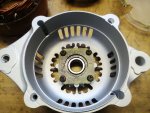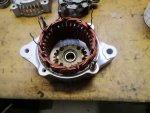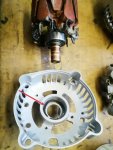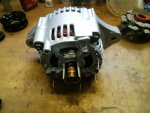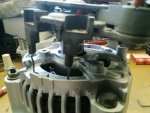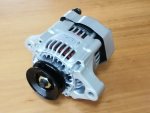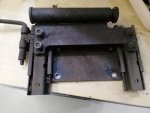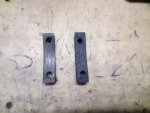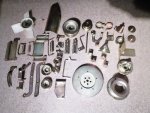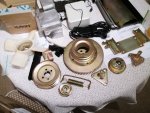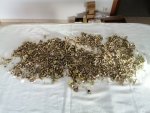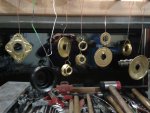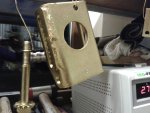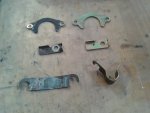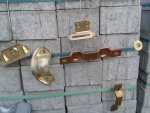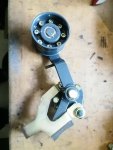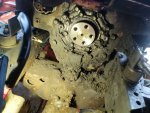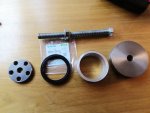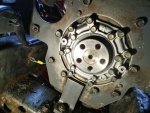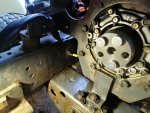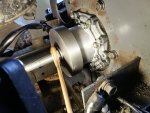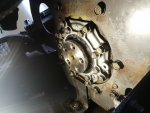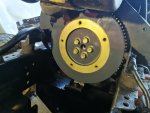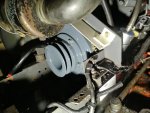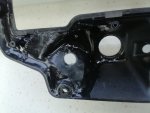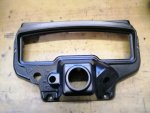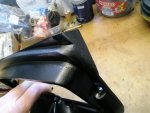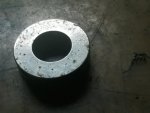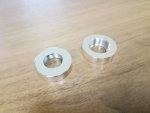So, how many hours on that 1900 of yours again? Overall what kid of shape did you find that little alternator in? I opened mine up to add the tachometer tap to the windings but didn't feel the need to go into it all that far. My buddy has a brand new Delco alternator (back when I was a Cadillac tech in the late 60s/early 70s we weren't allowed to call them "alternators" we had to still call them "generators" per GM because since they were internally rectified they did output DC. Unlike Chrysler corp who IIRC copyrighted the name "alternator" because their units had external rectifiers, and preceded all the other companies.
I even remember their ad campaign from like 1958/59 showing the hood up on Chrysler and a bunch of guys standing around with electric shavers all running off the "alternator" with the engine "idling". Big things was then, a generator produced very low power at idle while Chrysler's "alternator" produced near full power at idle.
Anyway I digress: Just curious how the overall condition was. My 2160 just tripped over 1000 hours last summer. I'd love to have a "resettable" hour meter on it so I could actually "time" my service intervals rather than writing labels on my oil filter/air filter and so on
I even remember their ad campaign from like 1958/59 showing the hood up on Chrysler and a bunch of guys standing around with electric shavers all running off the "alternator" with the engine "idling". Big things was then, a generator produced very low power at idle while Chrysler's "alternator" produced near full power at idle.
Anyway I digress: Just curious how the overall condition was. My 2160 just tripped over 1000 hours last summer. I'd love to have a "resettable" hour meter on it so I could actually "time" my service intervals rather than writing labels on my oil filter/air filter and so on


